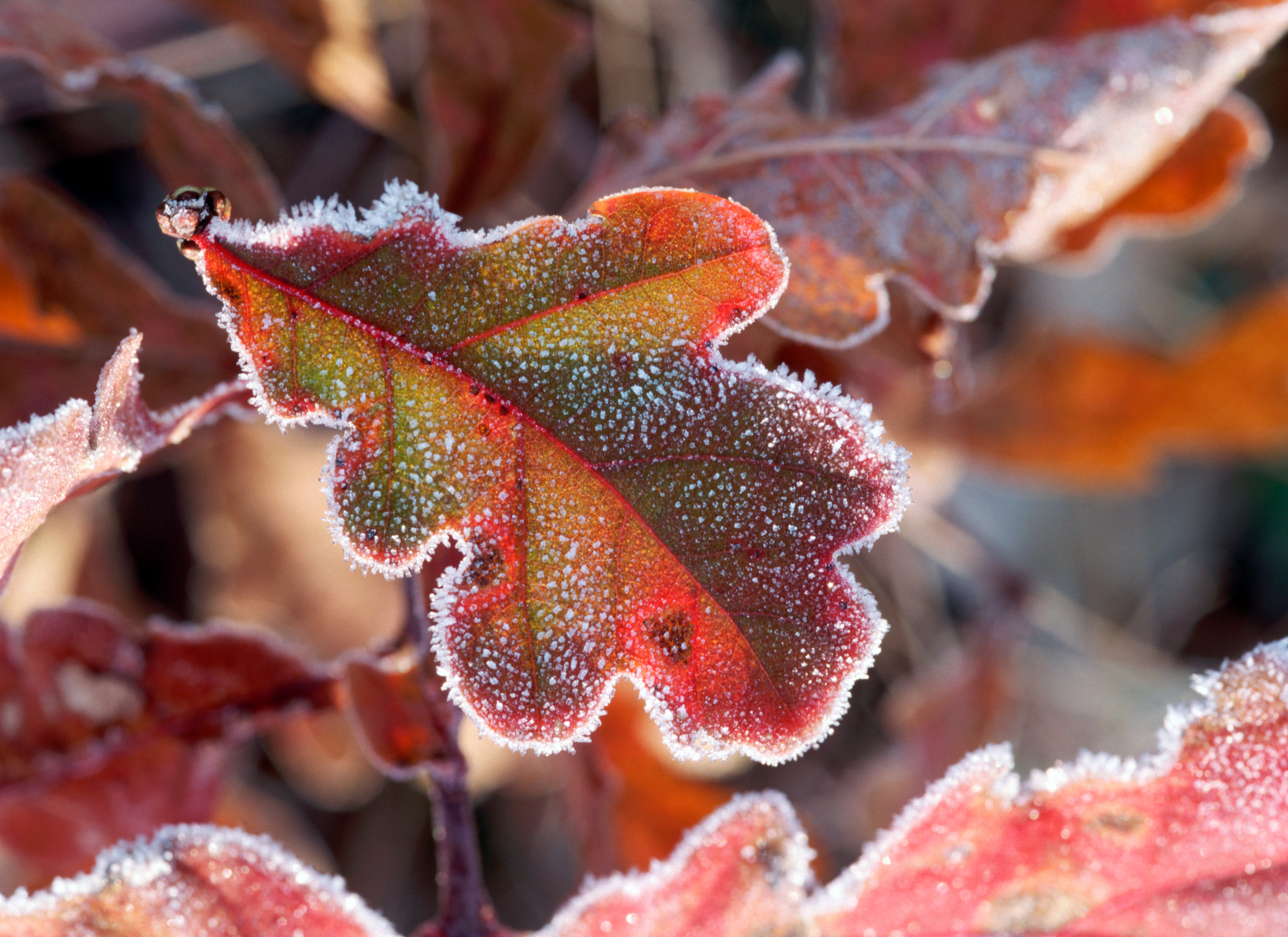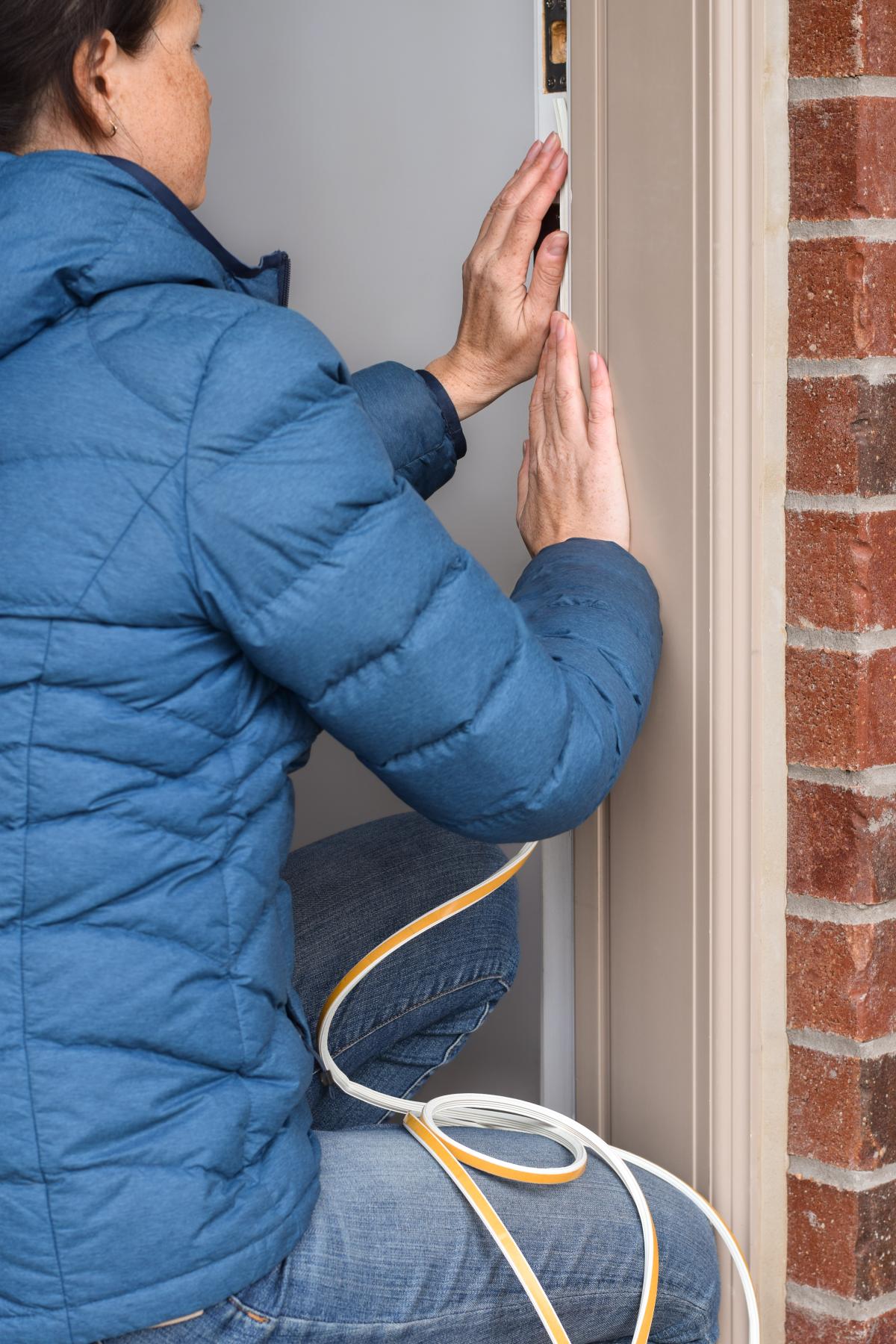The leaves are changing and temperatures are dropping. Cooler air will soon fall into cold winter temperatures. Now is the time to get your home ready so you can save as much as possible. Here are some tips to help you get ready for Old Man Winter and help you stay warm and cozy, while saving energy and money in your home. While it may seem like the summer days are endless, fall and winter are just around the corner and prepping your home now means more relaxing when the temperature drops.
Keep the Outside Air Out and the Inside Air In
It is hugely important for your energy savings to ensure there are no air leaks in your home. Warm air will escape out of any cracks and can make your heating system work harder and cost you more to heat your home. Use caulk to seal cracks and openings between stationary house components like a door frame. Use weatherstripping to seal components that move, like an operable window.
Show Your HVAC Some TLC
Annual checkups are not just for people to get from their doctors, your heating and air conditioning system needs it too. After all, your HVAC uses more energy than anything else in your home. Clean your furnace annually each autumn. Sediment build-up can cause your system to work less efficiently or potentially become a fire-hazard. Cleaning your system and having a licensed technician service and inspect it every one to two years will reduce the risks and keep your system running at peak efficiency, which will save you money.

During the winter try to change your filter regularly; a dirty filter will decrease air flow and energy-efficiency. And if your furnace is ready to be replaced, buy an energy-efficient model. It will save you money and energy each month!
Get Your Ducts In a Row
Your ducts are often times out of sight, out of mind, tucked away in the attic or basement. But a home with central heating can lose about 20% of the air that moves through the duct system. Make sure your ducts are in order by properly sealing and insulating them. Tightly sealed and insulated ducts can potentially reduce your annual energy bills by $120 or more!
Windows

Your windows provide a barrier to the cold. Windows with low-e coating reduce heat loss and even reflect back part of the room's heat. Installing storm windows can also reduce heat loss through windows by approximately 10%-20%.
Using drapes and blinds helps reduce heat loss through windows. However, in the colder months windows with direct sunlight may benefit from having the blinds up during the daylight hours, as sunlight can help heat the space.
Spruce Up the Fireplace
Consider replacing your inefficient wood-burning fireplace with a more efficient gas insert. It can turn your fireplace from a pretty--but high–maintenance--feature into a viable way to heat your home.
If you aren't interested in updating your fireplace, try adding glass doors with a heat-air exchange system, and make sure your fireplace is cleaned and your flue damper properly sealed. You should also try to keep the fireplace damper closed unless you have a fire burning.
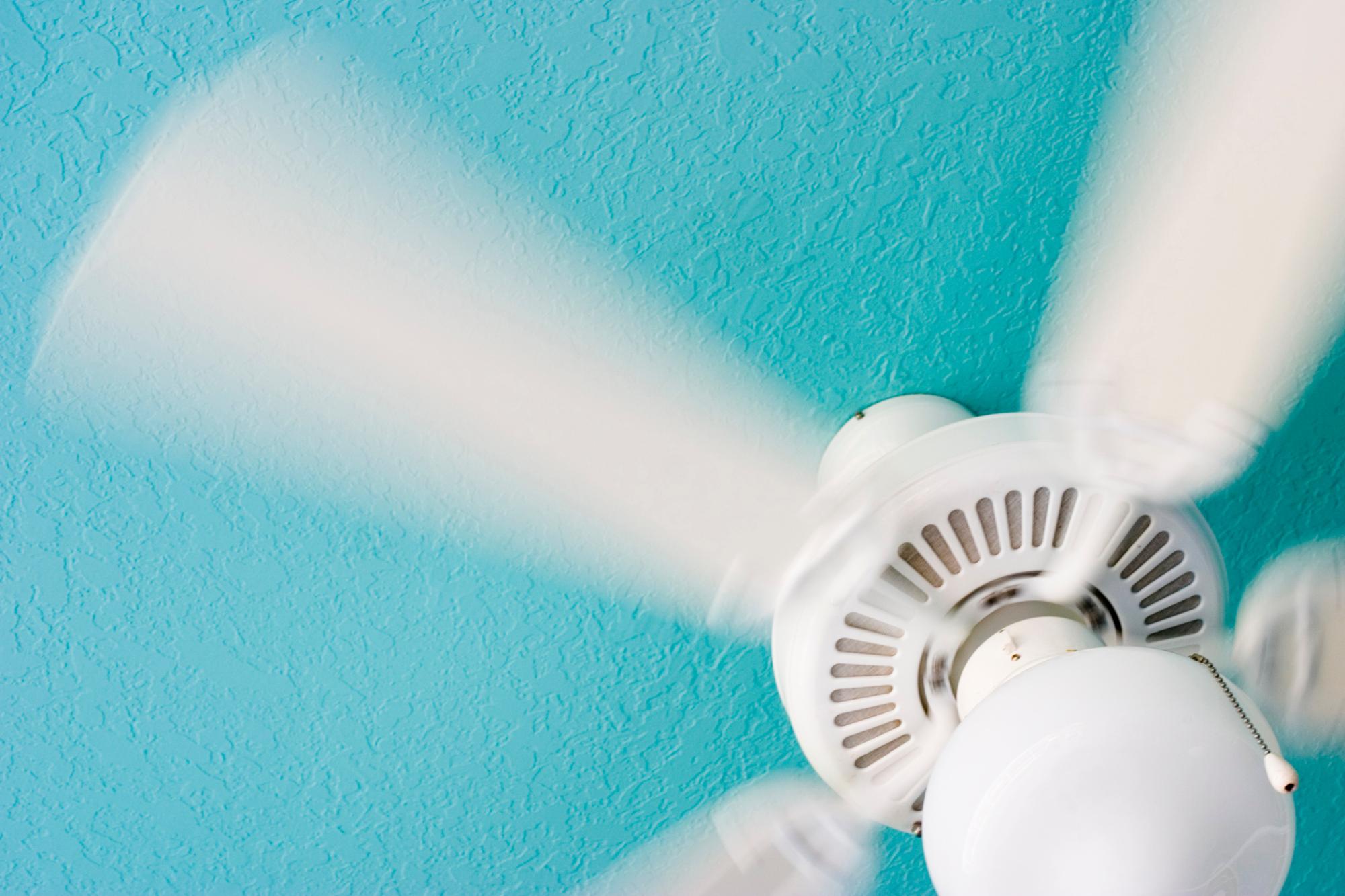
Reverse Your Fan
In the summertime a fan is a wonderful way to keep cool, but your fan can also help circulate warm air in the winter. When you reverse the direction of your fan, the fan will push warm air downward and recirculate it through the room. To ensure your fan is spinning in the correct direction, set it so the blades are spinning clockwise when you look up.
Insulate
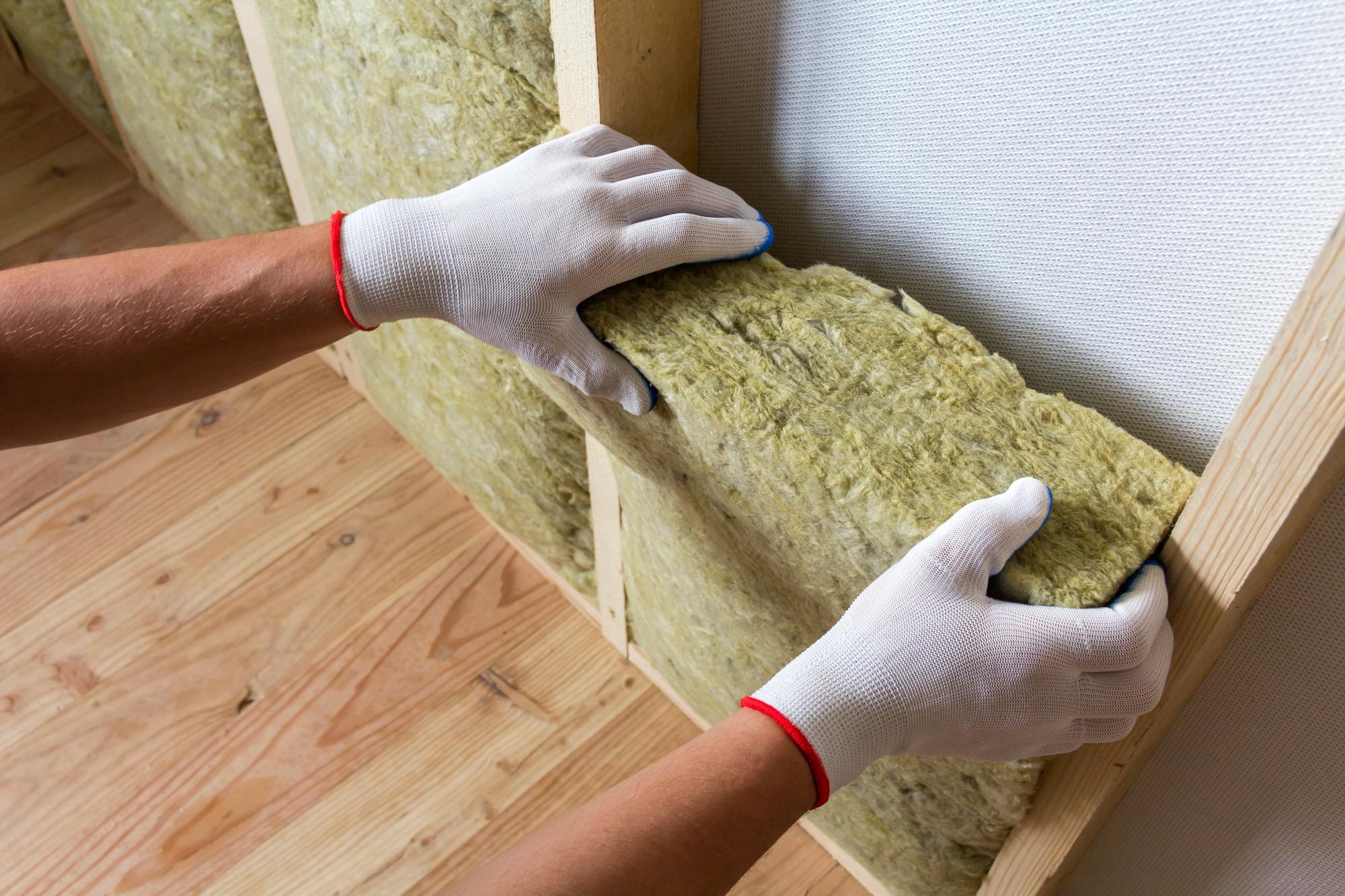
Insulation is another important way to prepare your home for fall and winter. In winter, heat in your home will try to flow directly from all heated living spaces to adjacent unheated attics, garages, basements, and even to the outdoors. Heat flow can also move indirectly through interior ceilings, walls, and floors -- wherever there is a difference in temperature.
This means that your heating system has to work harder if your home isn't properly insulated, costing you money and wasting energy. Properly insulating your home will decrease heat flow by providing an effective resistance to the flow of heat.
To keep your home warm and toasty, make sure you are using the proper insulation and have insulated in the proper places.
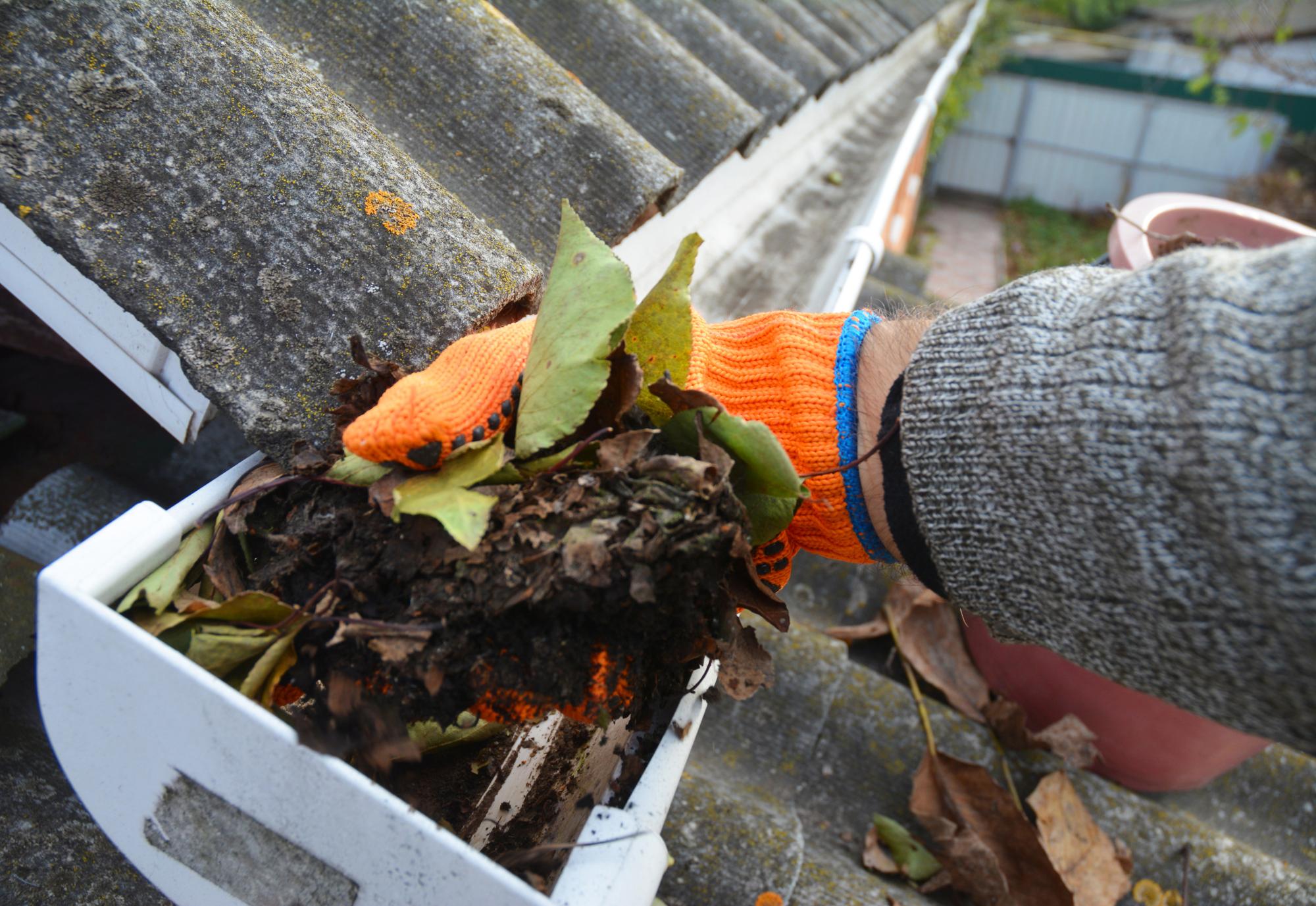 Clean Out the Gutters
Clean Out the Gutters
While you were out swimming, hiking, or riding your bicycle this summer, leaves and grime have built up in your gutters. If left full of debris, clogged gutters and drains can form ice dams that prevent your drainage systems from working properly. This can lead to water seeping into your home, which can lead to all sorts of issues and extra energy costs. Save yourself the hassle of repairing a leak by simply cleaning your gutters and drains now. When you do, run water through the gutters to check for misalignments that could also cause water damage.

